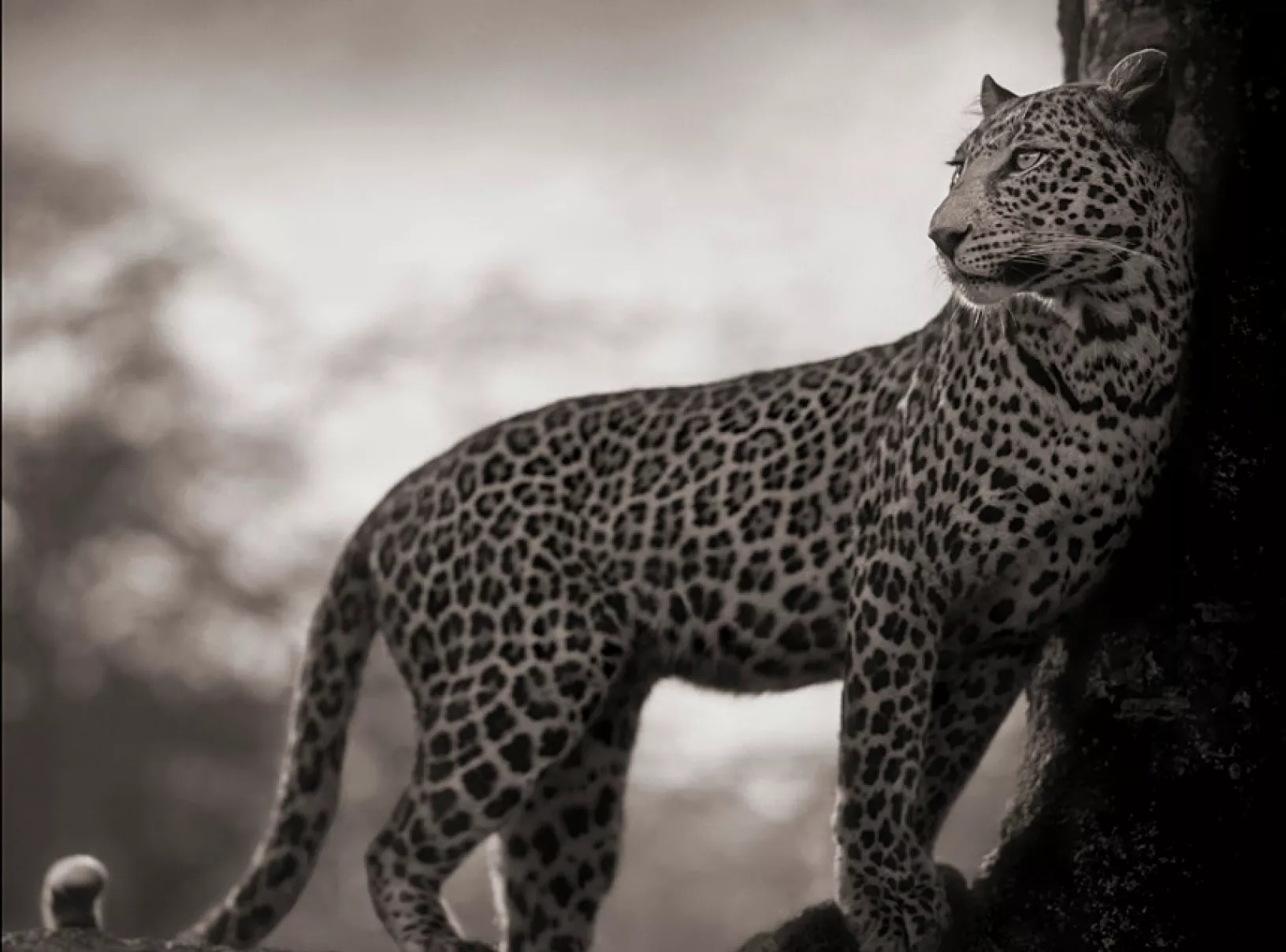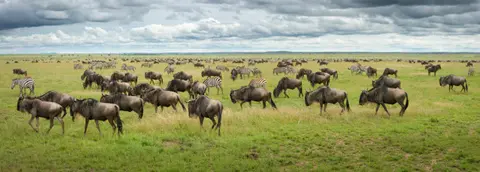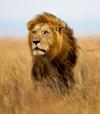The Phenomenon's Highlights
Unparalleled Wildlife Spectacle:
The Great Migration is one of the most extraordinary wildlife spectacles on Earth, involving millions of wildebeest, zebras, and other herbivores moving across vast landscapes in search of food and water. The sheer number of animals and their synchronized movements create an unforgettable and mesmerizing sight.
Dramatic River Crossings:
If you are fortunate to witness the river crossings, especially at the Mara River, this will be the highlight of your safari. Thousands of wildebeest and zebras gather on riverbanks, braving crocodile-infested waters as they attempt to reach the other side. The scenes of chaos and survival are both thrilling and emotionally charged.
Predator Interaction:
The migration attracts predators, including lions, cheetahs, and crocodiles, creating a dynamic ecosystem where predators capitalize on the abundance of prey. Observing predator-prey interactions during the migration adds a layer of excitement and drama to the experience.
Seasonal Changes and Landscapes:
The migration is a dynamic process that unfolds against the backdrop of changing seasons. From the lush, green plains during the calving season to the dramatic river crossings and the return journey, each phase offers a unique and visually captivating experience.
Cultural and Educational Value:
The Great Migration is deeply ingrained in the cultural and ecological fabric of the Serengeti-Maasai Mara ecosystem. Learning about the migratory patterns, the role of predators, and the conservation challenges faced by these iconic animals adds educational value to the experience.



























